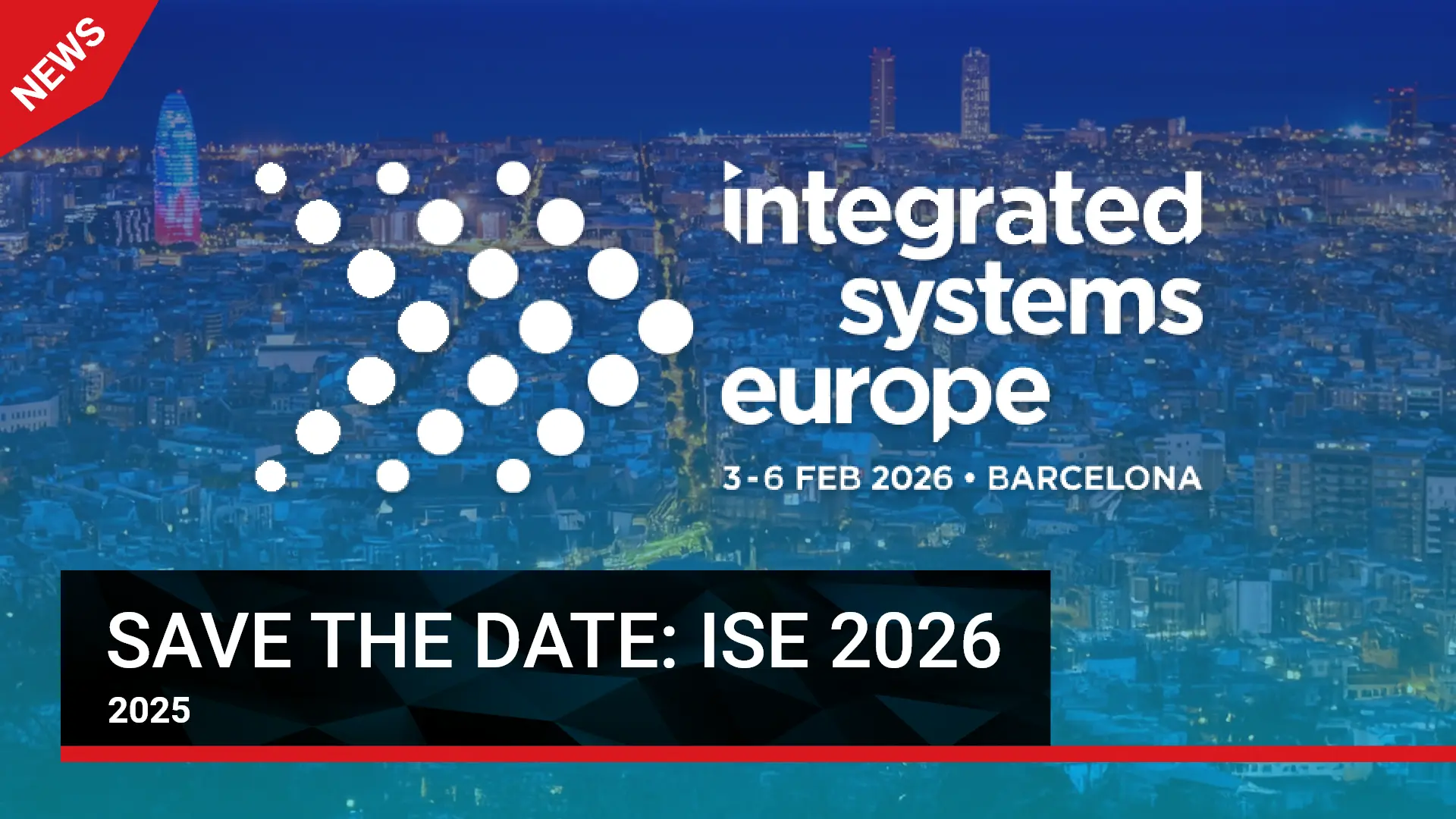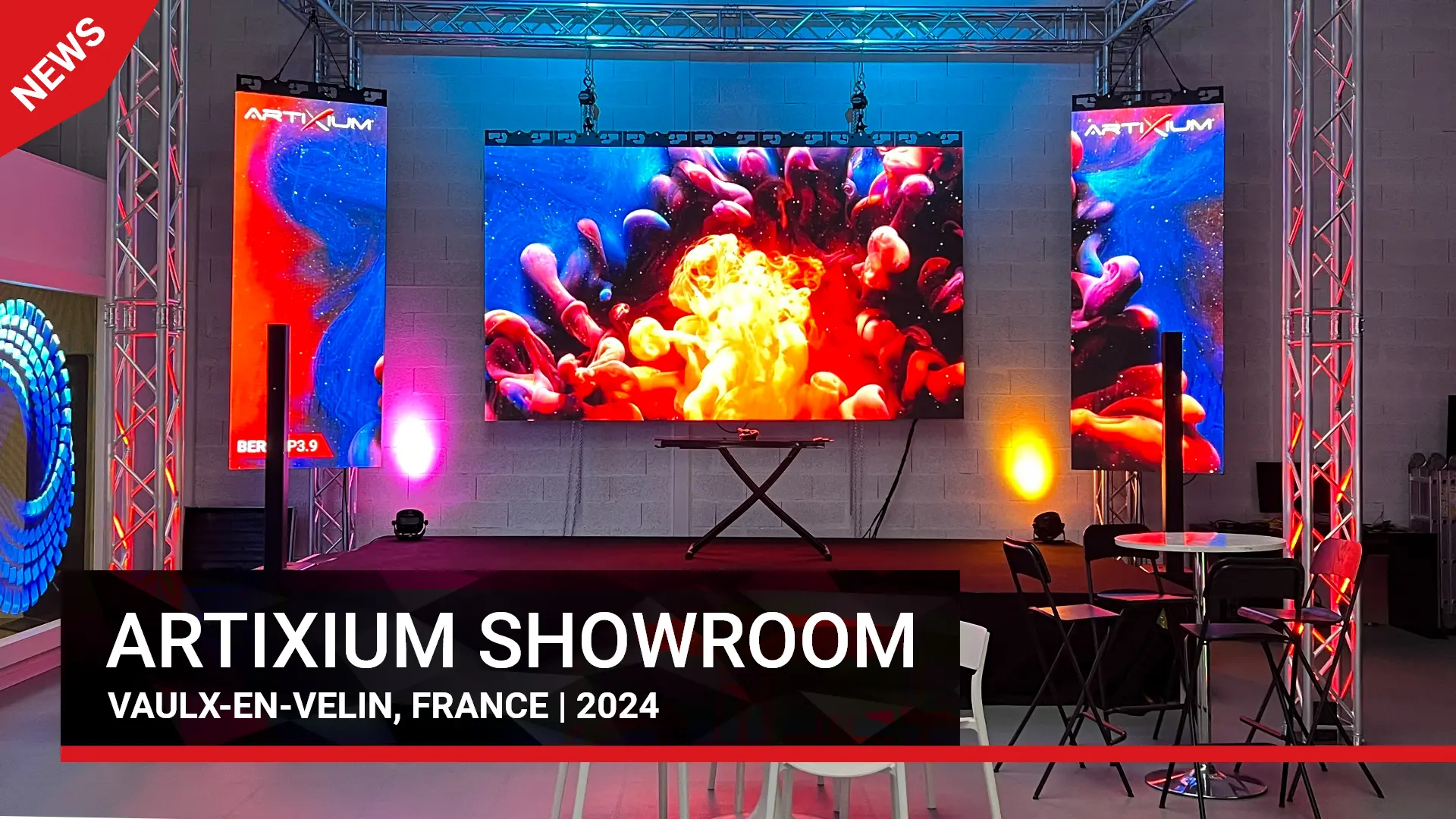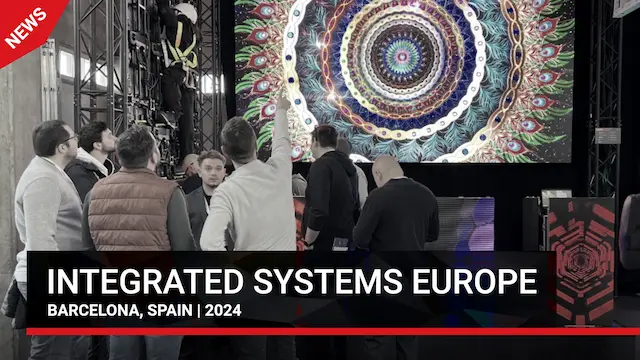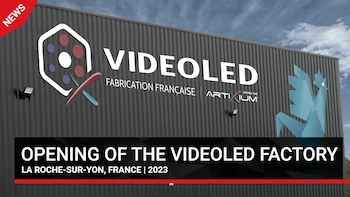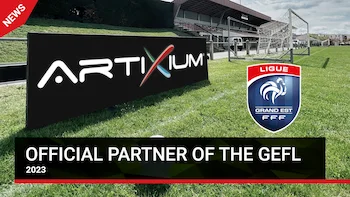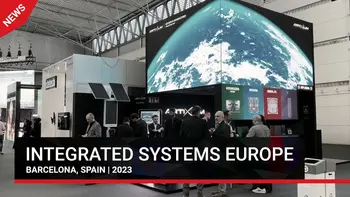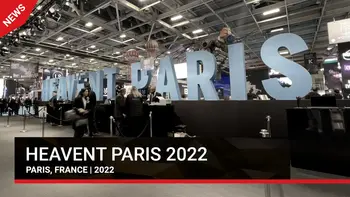What is the Refresh Rate? Why It Matters for Your LED Display
The refresh rate is one of the most important specifications of an LED screen. It directly impacts how smooth the image looks and how professional the display appears, especially when filmed or broadcasted.

Refresh Rate Definition
The refresh rate is the number of times per second an image is refreshed on the screen. It is measured in hertz (Hz). A higher number means the screen updates the image more frequently, resulting in greater fluidity and precision.
It is often confused with two other terms:
-
Frame rate (Hz): the number of image frames per second delivered by the content source (camera, computer, video).
-
Scan rate: the method used by the LED display to drive its pixels row by row (e.g., 1/8, 1/16). A lower scan ratio (such as 1/8) means more LEDs are lit at the same time, which improves brightness and stability compared to a higher scan ratio (such as 1/16).
Together, these parameters define image quality:
-
A video may be produced at 60 Hz frame rate,
-
Displayed on an LED screen with a 7680 Hz refresh rate,
-
Using a 1/8 scan rate for optimal brightness and stability.
The higher the refresh rate and the lower the scan ratio, the better the image looks — both to the human eye and when captured by cameras.

Why Refresh Rate Is Crucial for LED Displays
In professional environments, refresh rate is essential:
-
Video recording & broadcast: Low refresh rate causes flickering or black bands.
-
Live events: High refresh rate ensures smooth images without delays or artifacts.
-
Stadiums & studios: Guarantees perfect clarity, even at high speed or under strong lighting.
Professional Standards at Artixium
A reliable refresh rate starts at 3840 Hz. At Artixium, LED solutions like BERYL XR and NEIPATEC ST reach up to 7680 Hz, making them ideal for international sports, live shows, and TV broadcast.
Quick Reference Guide







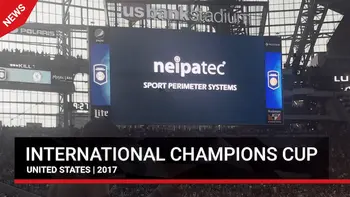






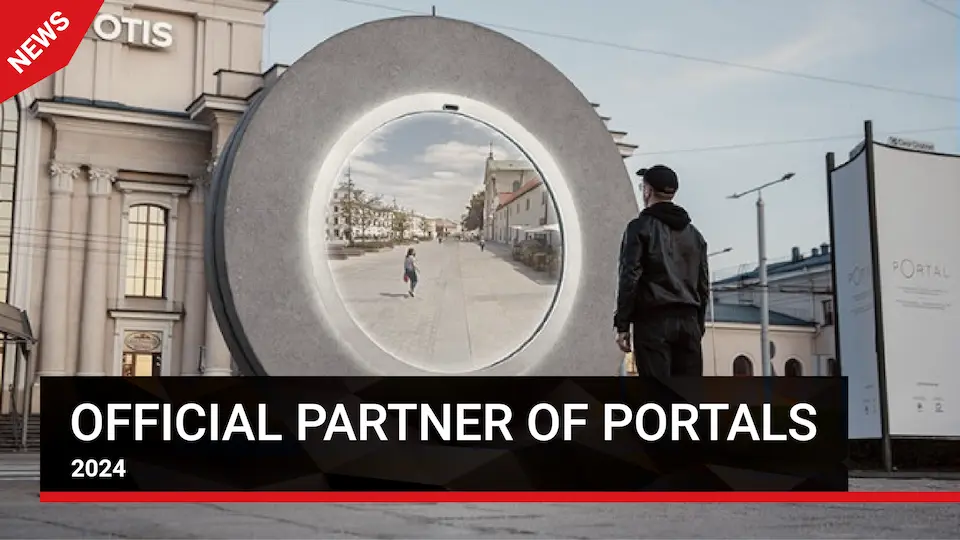
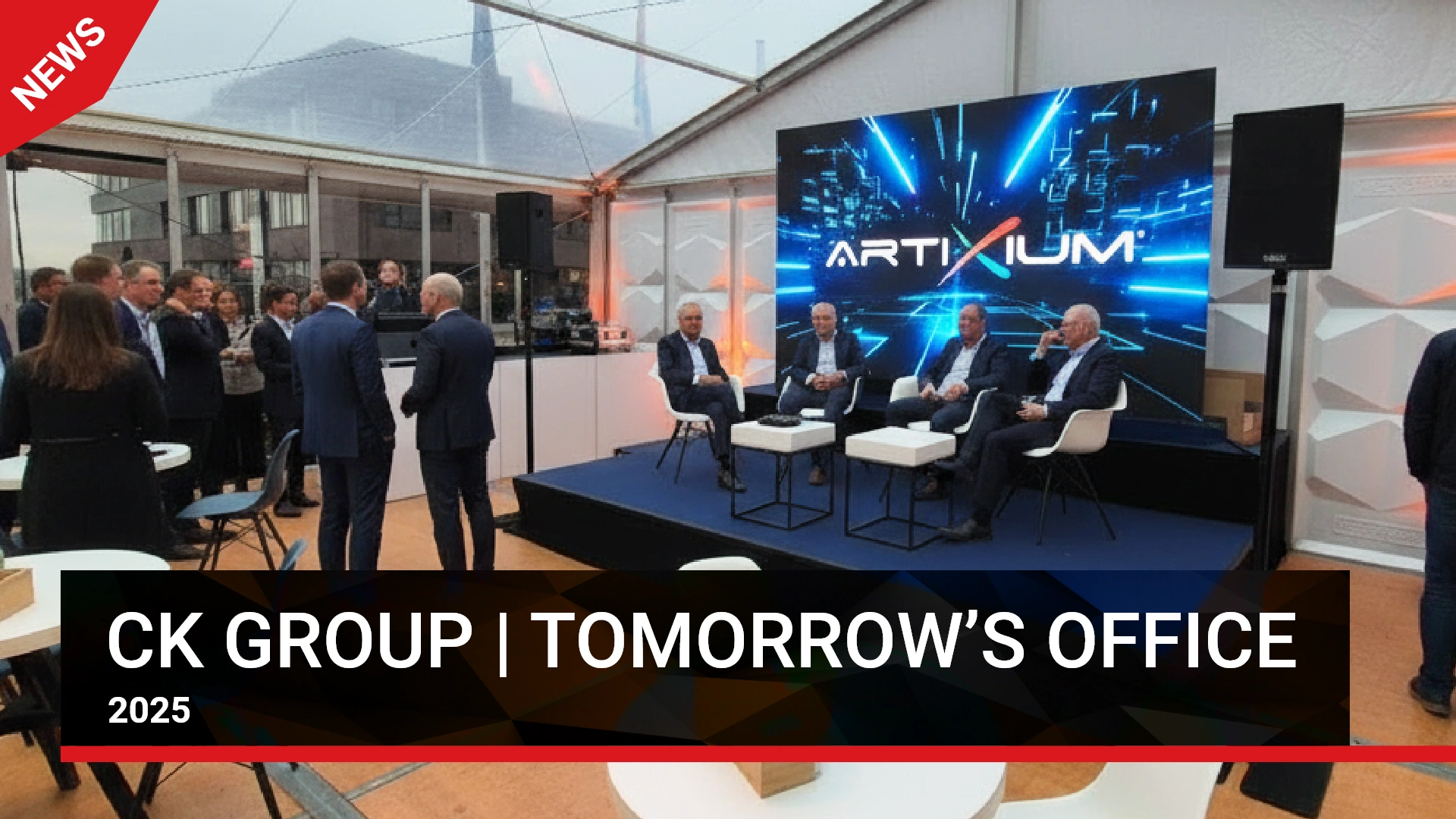
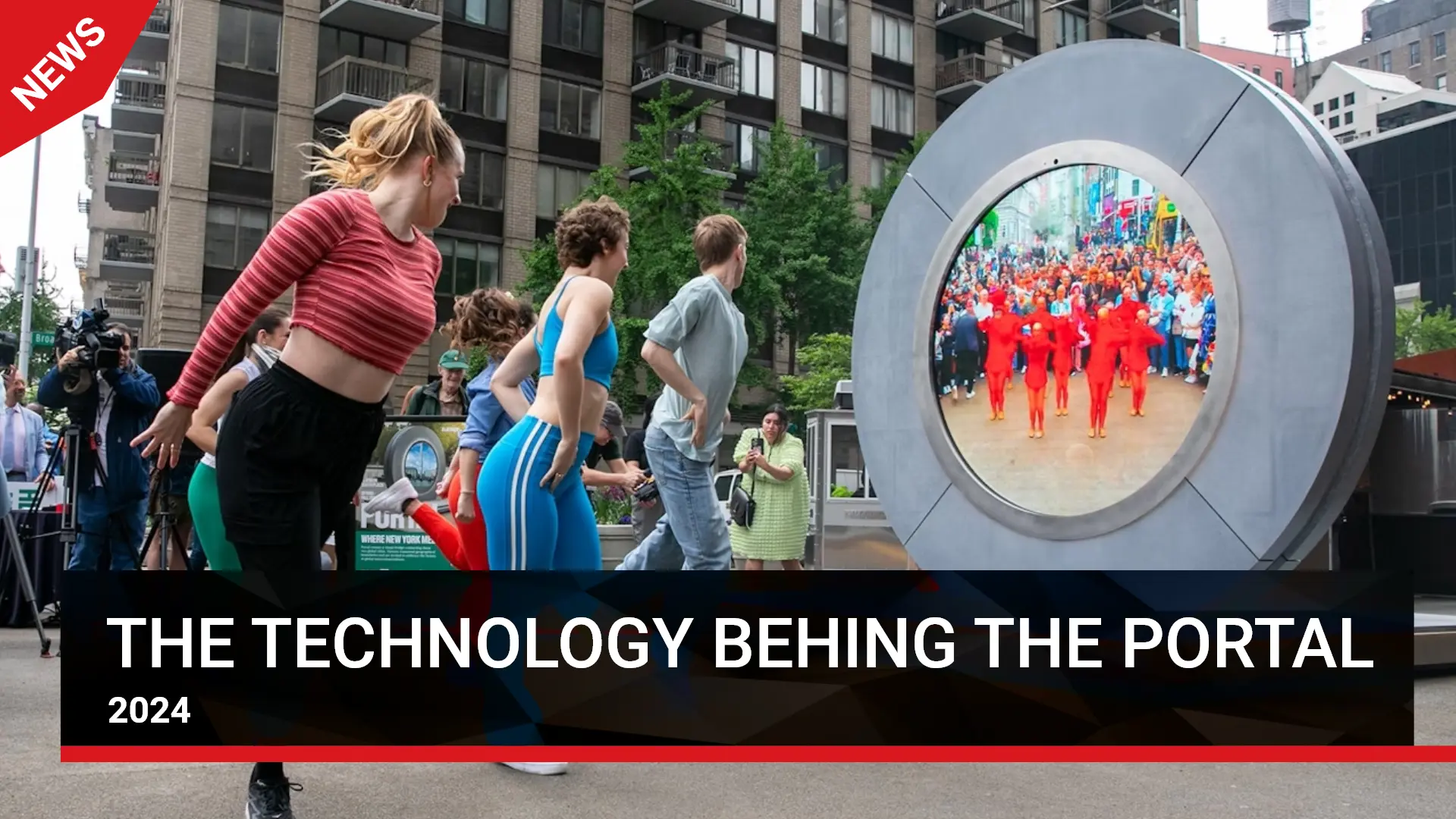
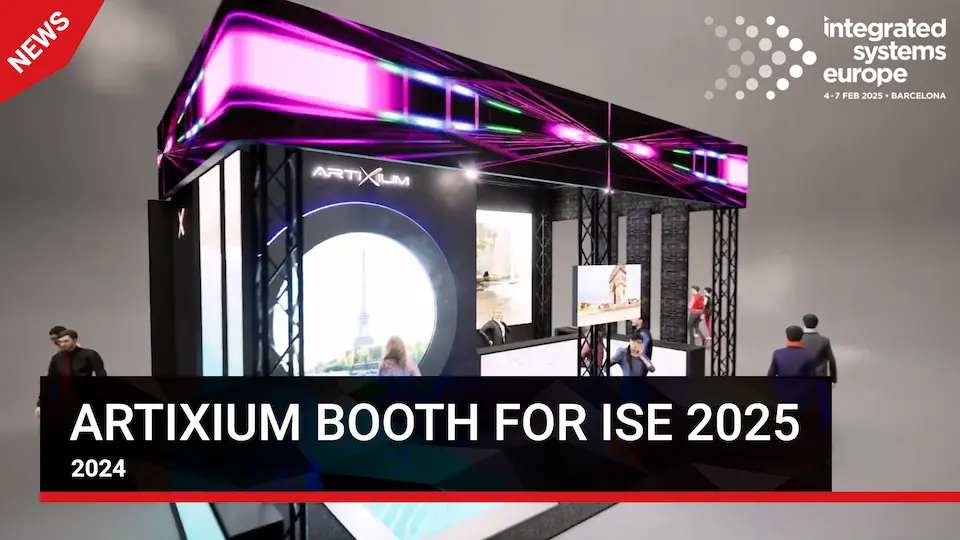

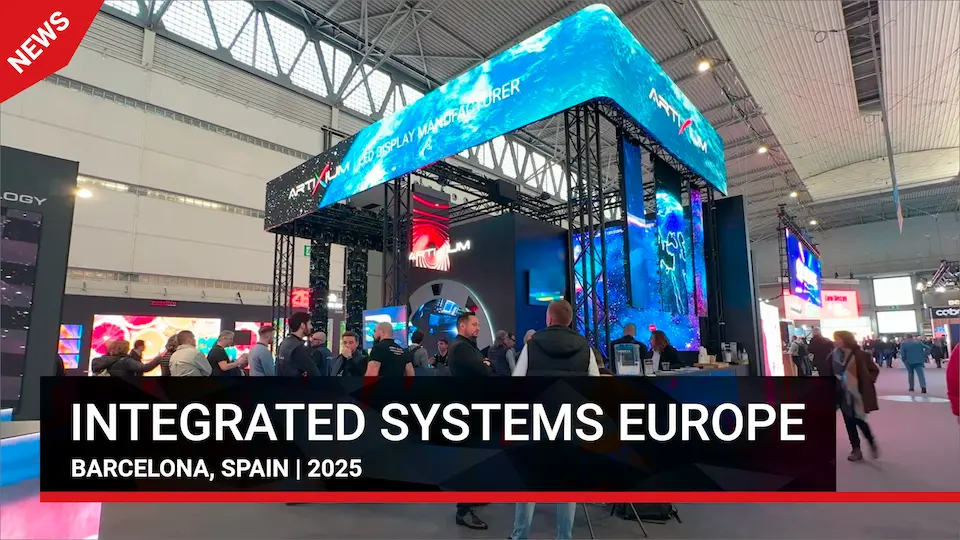

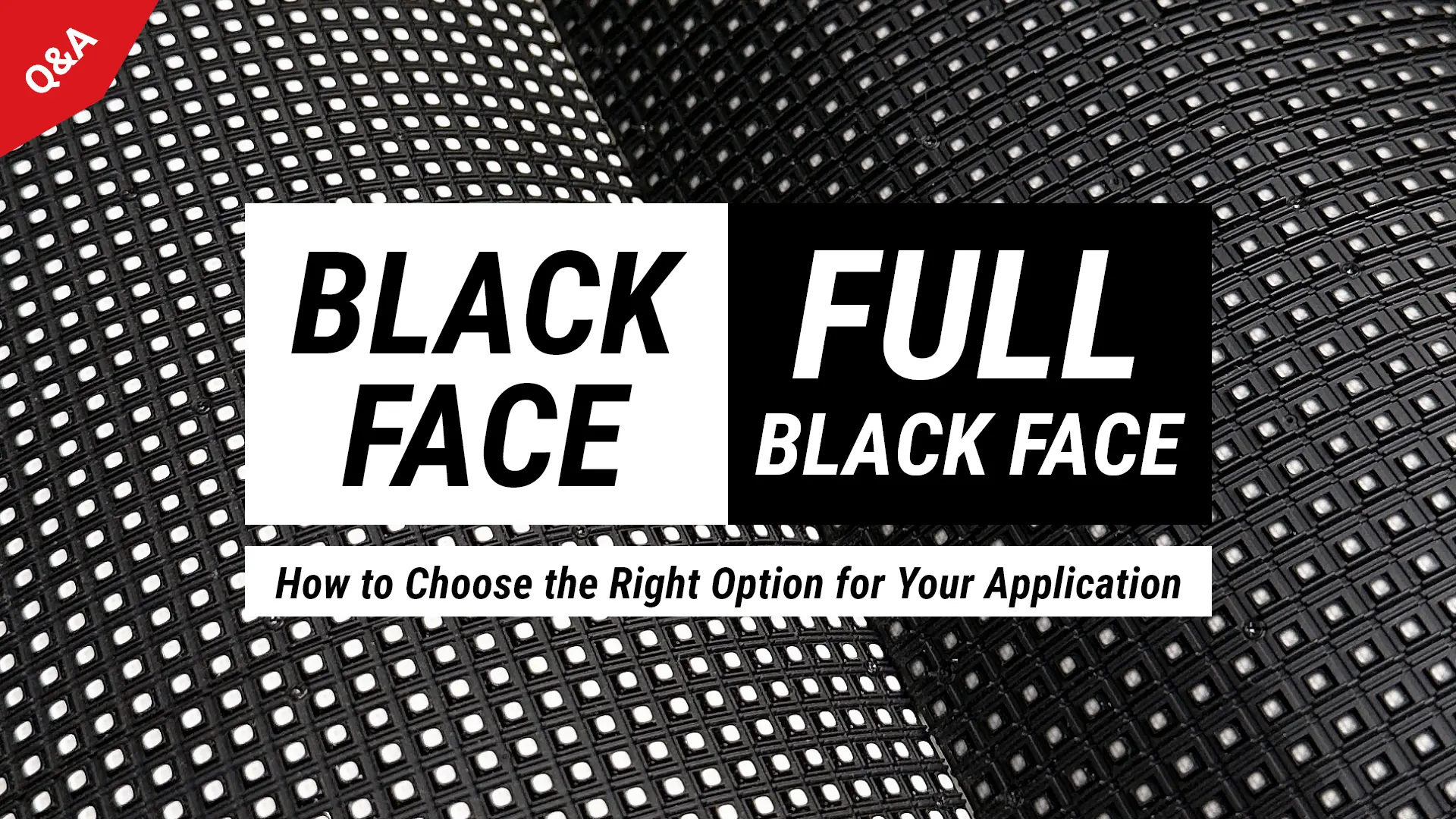
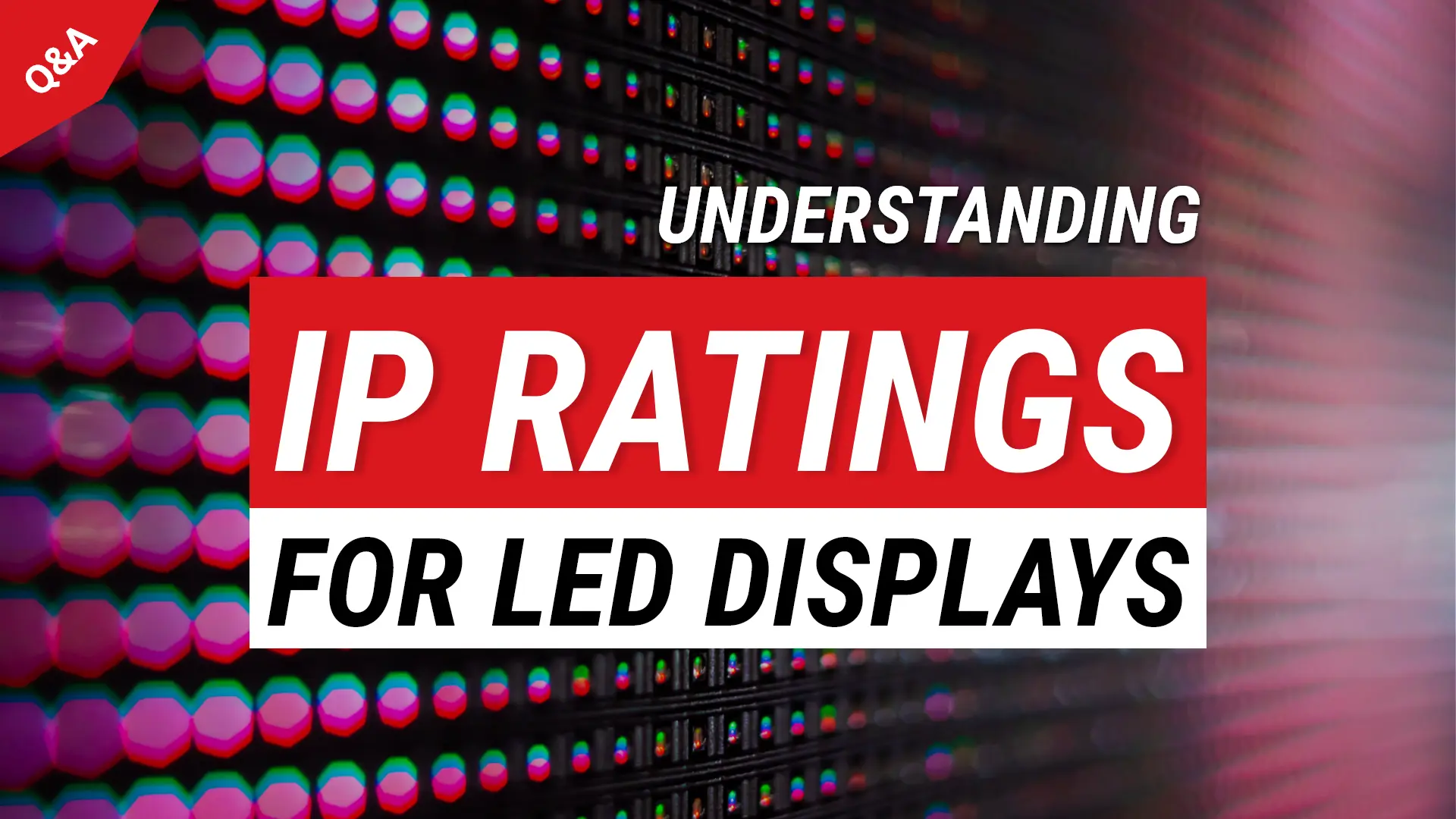
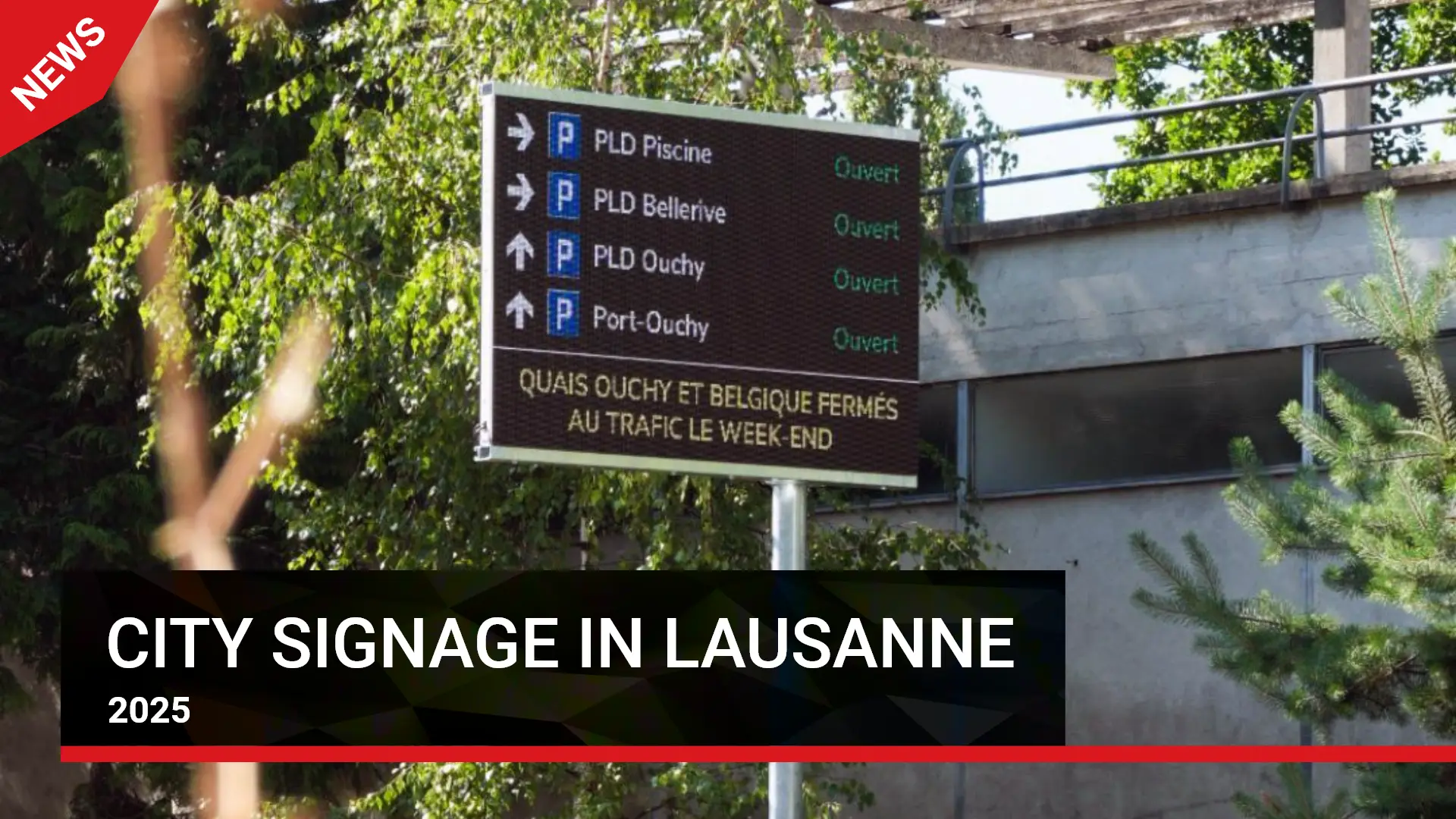
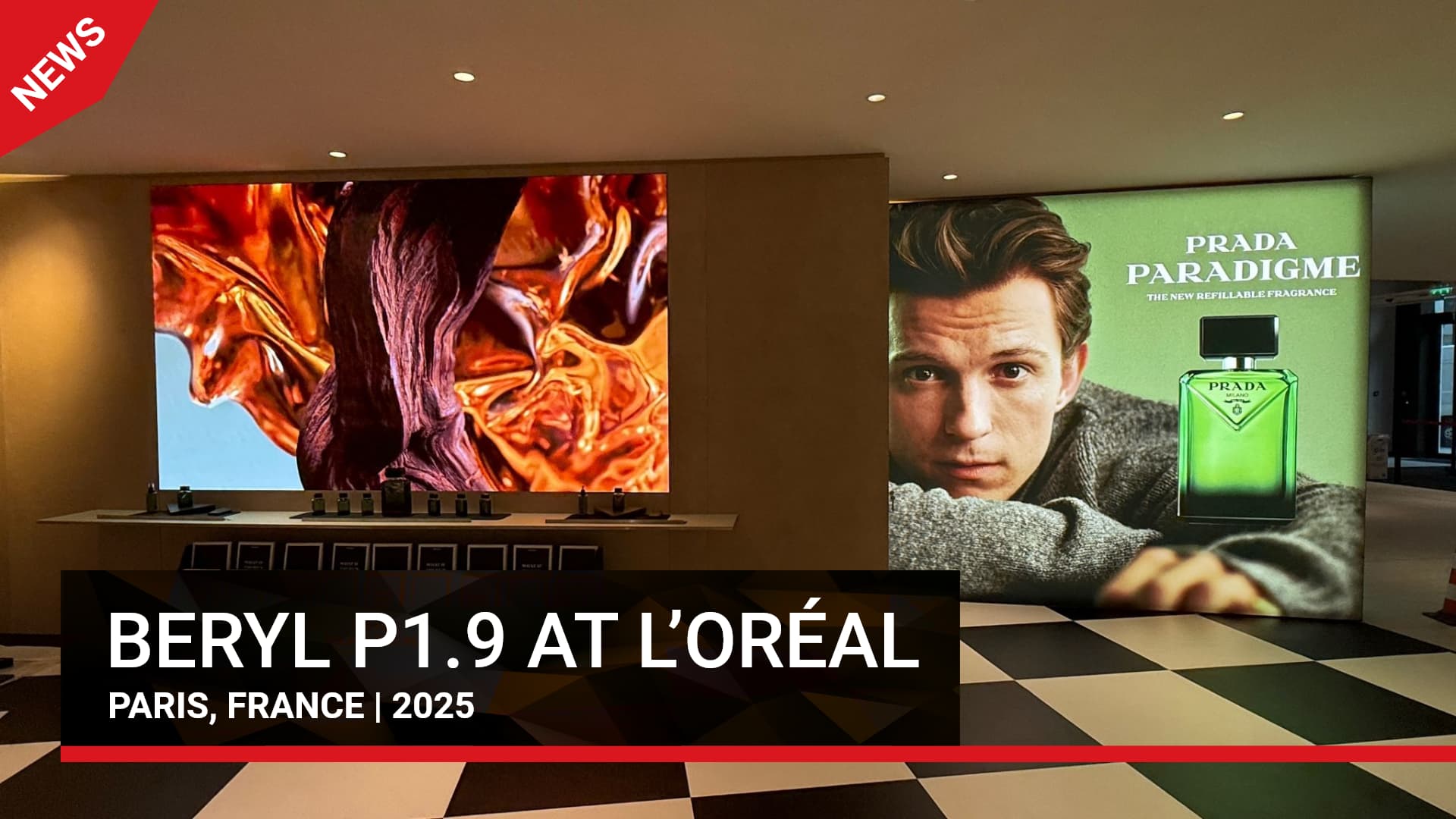
.webp)
.webp)
